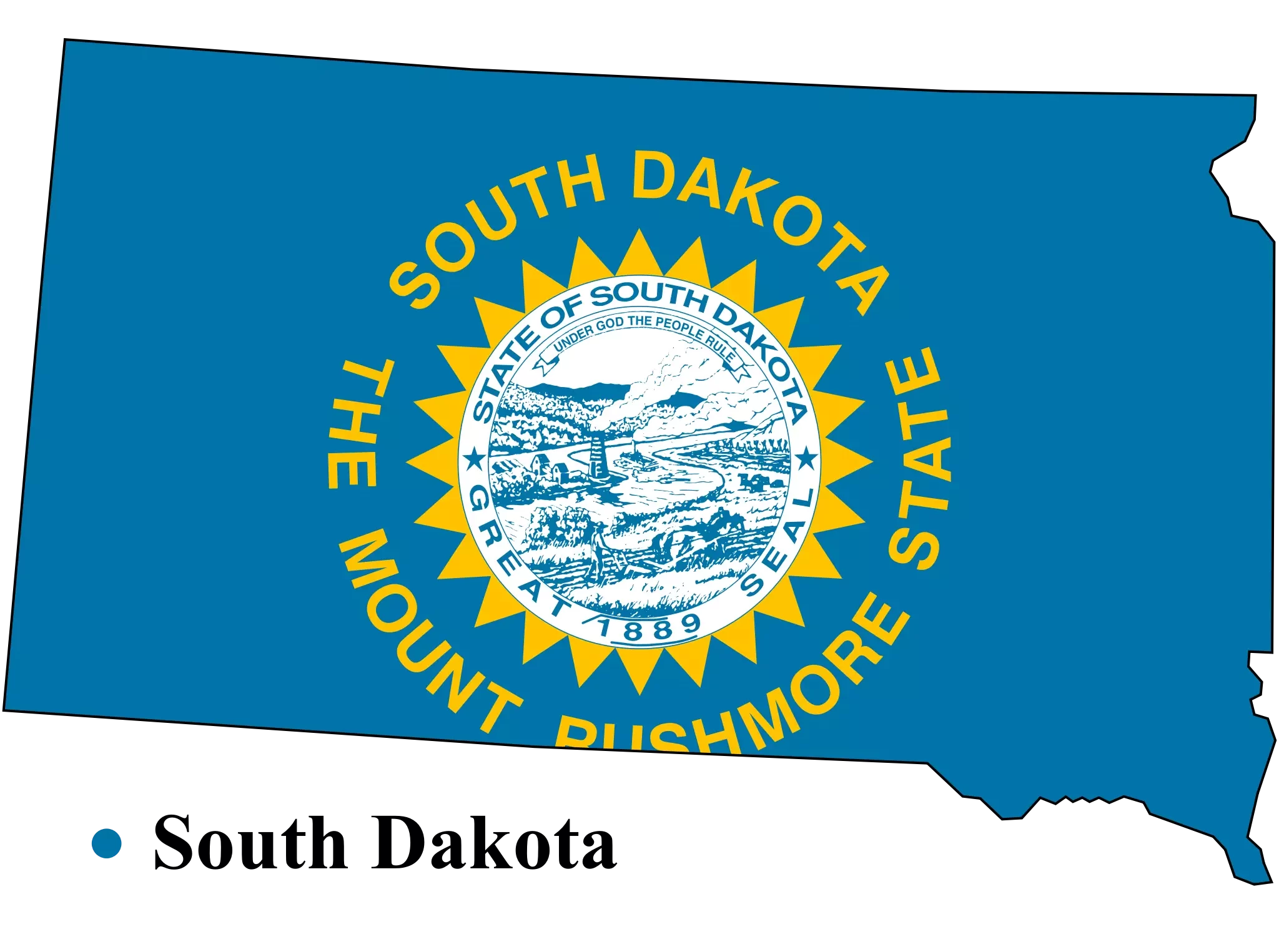South Dakota

South Dakota’s judicial system is the guardian of the state’s constitution, interpreting laws and maintaining law and order. The judiciary is the backbone of the state, and without it, the balance would be disrupted. This article aims to explore the courts and judiciary system in South Dakota, from its structure to its roles and key features.
The Structure of the Judiciary
The Supreme Court
At the apex of South Dakota’s judicial system is the Supreme Court. This court is the highest in the state and has the final say on matters of law arising under the state constitution and laws.
Circuit Courts
Below the Supreme Court are the Circuit Courts. These are the primary trial courts in South Dakota, handling a broad range of civil and criminal cases.
Magistrate Courts
Magistrate Courts are the lower courts in South Dakota. They handle minor civil and criminal matters, including small claims, traffic violations, and preliminary hearings in criminal cases.
The Role of the Judiciary in South Dakota
Maintaining Law and Order
The judiciary plays a vital role in maintaining law and order in the state. It ensures that the laws enacted by the legislature are enforced, and it holds individuals and organizations accountable for their actions.
Protecting Rights and Freedoms
The judiciary also safeguards the rights and freedoms of the citizens of South Dakota. It interprets the constitution and laws to protect individuals’ rights and freedoms.
Interpretation of the Law
Interpreting the law is a primary function of the judiciary. It ensures that the law is applied correctly and consistently across the state.
Key Features of South Dakota’s Judiciary System
Transparency and Accessibility
One of the key features of South Dakota’s judiciary system is its transparency and accessibility. The courts are open to the public, and decisions are published and accessible to all.
Jury Selection Process
The jury selection process in South Dakota is another key feature. It ensures that a diverse group of citizens participates in the judicial process, promoting fairness and impartiality.
Courtroom Procedures
South Dakota’s courtroom procedures are designed to ensure due process and fairness. They include procedures for presenting evidence, questioning witnesses, and making arguments.
Notable Cases and Decisions
Throughout history, South Dakota’s courts have presided over many significant cases that have shaped the state’s legal landscape. These cases have ranged from criminal law to civil rights, land disputes, and constitutional issues. They have not only had profound impacts on the parties involved, but also on the broader legal principles and societal norms in the state.
Challenges and Opportunities
Addressing the Challenges
Like any system, South Dakota’s judiciary faces several challenges. These include managing high caseloads, ensuring access to justice for all citizens, and addressing the evolving nature of crime, especially with the rise of cybercrime. However, the state is taking proactive measures to address these challenges, such as investing in technology and infrastructure, implementing reforms, and providing training and support to judicial officers.
Harnessing Opportunities
Despite the challenges, there are numerous opportunities in South Dakota’s judiciary system. The advent of technology presents opportunities for greater efficiency and accessibility. Initiatives such as online filing of cases, virtual court sessions, and digital access to court records are transforming the way the judiciary operates. Additionally, community engagement programs are fostering a better understanding of the judiciary among the citizens and promoting public trust in the system.
Conclusion
In conclusion, the courts and judiciary system in South Dakota play a crucial role in maintaining law and order, interpreting the law, and protecting citizens’ rights and freedoms. Despite facing some challenges, the system is continuously evolving and adapting to meet the needs of the citizens. With its commitment to transparency, fairness, and accessibility, South Dakota’s judiciary system is a testament to the state’s dedication to justice.
FAQs
- What is the highest court in South Dakota?
- The Supreme Court is the highest court in South Dakota.
- What types of cases do the Circuit Courts in South Dakota handle?
- Circuit Courts are the primary trial courts and handle a broad range of civil and criminal cases.
- What role does the judiciary play in protecting citizens’ rights and freedoms in South Dakota?
- The judiciary interprets the constitution and laws to protect the rights and freedoms of the citizens.
- How is South Dakota’s judiciary addressing the challenge of high caseloads?
- The state is investing in technology and infrastructure, implementing reforms, and providing training to judicial officers to manage high caseloads.
- What opportunities does technology present for South Dakota’s judiciary system?
- Technology presents opportunities for greater efficiency and accessibility, including online filing of cases, virtual court sessions, and digital access to court records.
Counties in South Dakota
in
Counties
Here are all of the Counties in South Dakota.
Aurora
Yankton
Union
Turner
McCook
Hanson
Douglas
Davison
Clay
Charles Mix
Buffalo
Brule
Bon Homme
Minnehaha
Lincoln
Beadle
Sanborn
Moody
Miner
Lake
Kingsbury
Jerauld
Hand
Hamlin
Grant
Deuel
Codington
Clark
Brookings
Butte
Ziebach
Perkins
Meade
Lawrence
Harding
Dewey
Corson
Brown
Campbell
Day
Faulk
Marshall
McPherson
Roberts
Spink
Walworth
Gregory
Haakon
Hughes
Hyde
Jackson
Jones
Lyman
Stanley
Potter
Mellette
Sully
Todd
Tripp
Custer
Fall River
Pennington
Shannon
Bennett
Edmunds
Hutchinson
District Courts
District Courts
Detail of every District Court is here.
See Other Courts in US
Alabama | Alaska | Arizona | Arkansas | California | Colorado | Connecticut | Delaware | Florida | Georgia | Hawaii | Idaho | Illinois | Indiana | Iowa | Kansas | Kentucky | Louisiana | Maine | Maryland | Massachusetts | Michigan | Minnesota | Mississippi | Missouri | Montana | Nebraska | Nevada | New Hampshire | New Jersey | New Mexico | New York | North Carolina | North Dakota | Ohio | Oklahoma | Oregon | Pennsylvania | Rhode Island | South Carolina | South Dakota | Tennessee | Texas | Utah | Vermont | Virginia | Washington | West Virginia | Wisconsin | Wyoming
